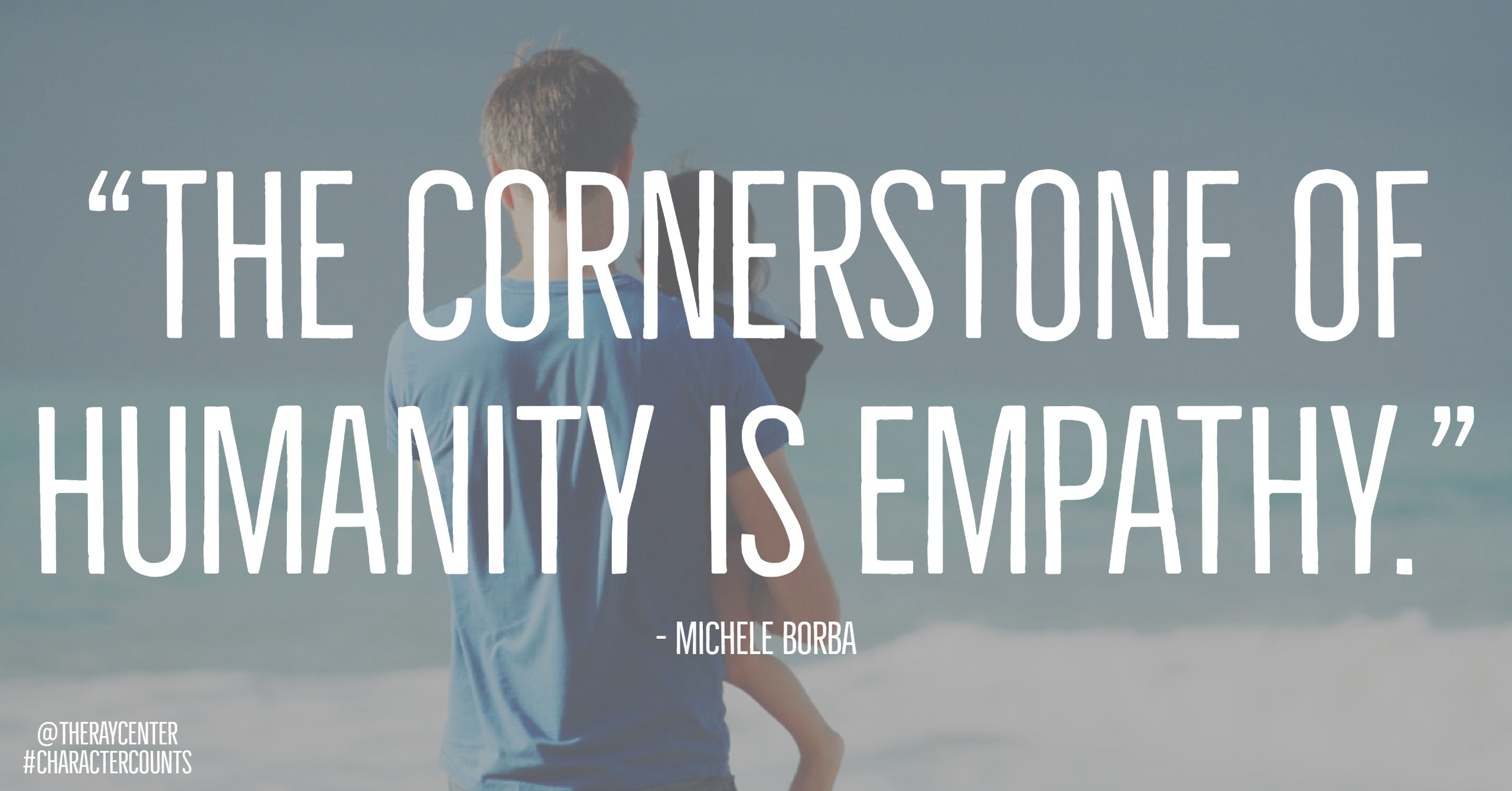
From our guest contributor, Michele Borba.
In 1966, Newsweek released the first part of their landmark cover story, “The Teen-Agers” A Newsweek Survey of What They’re Really Like,” investigating everything from politics and pop culture to teens’ views of their parents, their future and the world
Recently, Newsweek released a fifty-year follow up study called “The State of the American Teenager in Numbers: 1966 vs Now.” They set out of discover what’s changed and what’s remained the same for the teen set. Perhaps most fascinating was the seismic shift in “teen gadget ownership.” The numbers show just how monumental the change in technology has been in for our children. I just pulled a few differences:
Teen Gadget Ownership in 1966
- Records: Boys 75% Girls 90%
- Transistor Radio: Boys 75% Girls 72%
- Encyclopedia: Boys 64% Girls 60%
- Hair Dyer: Boys: 0% Girls 65%
Teen Gadget Ownership in 2015
- Smartphone: Boys 73% Girls 78%
- Laptop/Computer: Boys 55% Girls 78%
- Bike: Boys 61% Girls 49%
- Tablet: Boys 48% Girls 51%
“Reality Check: Childhoods have changed and technology is clearly a part of our children’s lives. But sometimes we miss the big picture: how much our kids are plugging in and (even more important) potentially plugging out of real life. A recent report found that one third of infants are now using Smartphones and/or Tablets. And the average kid is plugged into digital devices longer than a typical school day and (in most cases), longer than he or she sleep.”
But something more is at stake: our children’s empathy and emotional intelligence. As I researched and wrote, UnSelfie: Why Empathetic Kids Succeed in Our All-About-Me World I was struck staggering statistics that show a forty percent drop in our children’s empathy levels within the last thirty years. And interestedly is that the biggest dip happened around the year 2000-about the same time computers, Tablets, Smartphones, and all the rest became central in our children’s lives. Yes, technology is taking giant leaps forward in so many ways as a society, but let’s remember that the cornerstone of humanity is empathy. Empathy is the seeds of compassion, courage, collaboration and all those traits that help our children grow to be good people. And most effective way for our children to learn empathy is always face to face. You don’t learn empathy facing screens.
Best empathy-building practices are always real and meaningful to children. (Hint: They’re usually unplanned and don’t cost a dime). Take advantage of those spontaneous moments with your children! Here are five ideas to keep our children’s empathy open from UnSelfie.
Be an emotion coach
Find natural moments to connect face to face to listen, and then validate your child’s feelings and boost emotional literacy. The face is the best tool for developing emotional literacy. (UnSelfie page 15)
Talk feelings
Kids need an emotion vocabulary to discuss feelings and guidance to become emotionally literate. Point out feelings in films, books, or real people and use more emotion words. And just keep naturally using more feeling words in your own vocabulary. (UnSelfie page 22)
Set unplugged times
Take a digital reality check and stick to your rules so kids have “face time.” Find times that are most convenient for all of your family, and then post them as a reminder. (UnSelfie: page 22-23)
Use literature to nurture moral imagination
Reading literary fiction-even for short periods-nurtures empathy and perspective taking ability like The Wednesday Surprise, The Hundred Dresses, The Boy in the Striped Pajamas. (Refer to Common Sense Media. Read as a family, or one on one. Or get two copies (for you and your teen) to read alone, and then discuss together. And always remember to ask: “How would you feel if that happened to you?” (UnSelfie page 85-92)
Ask “I wonder?”
Watch emotionally-charged films together (like Dumbo, Inside Out, E.T.). Teach your kids to ask themselves “I wonder: what does (Benjamin Button, Charlotte, or even Uncle Fred) think/feel/need?” Then encourage them to use same the “I wonder” question whenever they encounter someone new like the woman in line, child on swings, new student, man lying on the street. (UnSelfie pg 66)
Technology will continue to advance. Let’s just make sure that our children’s empathy levels do as well.
Dr. Michele BorbaMichele Borba is an educational psychologist, parenting expert, TODAY show contributor and author of 22 books including The Big Book of Parenting Solutions: 101 Answers to Your Everyday Challenges and Wildest Worries and UnSelfie: Why Empathetic Kids Succeed in Our All-About-Me World.
Check out: micheleborba.com or follow me on Twitter @micheleborba.
Click here to learn more about character education.



